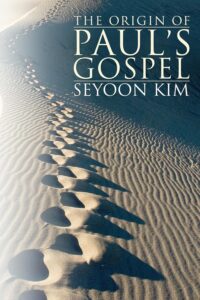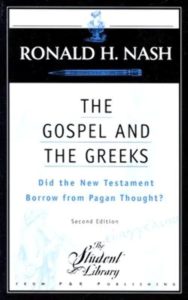 I. Doubts About the Authenticity of Paul’s Teachings
I. Doubts About the Authenticity of Paul’s Teachings
A common objection raised by critics of Christianity and Muslim apologists is that the apostle Paul distorted the teachings of Jesus and the apostles of the early Jewish-Christian community by importing ideas from the Greco-Roman mystery religions. These included ideas like a dying and rising god, sacramental meals of communion with patron gods, and salvation through union with a divine figure. The purpose of this paper is to refute the critics with historical and biblical evidence, and demonstrate how Paul’s gospel which was received by revelation in his encounter with the risen Christ on his way to Damascus displays consistencies with the teaching of Jesus and the apostles of the early Church.
A. The Claim of Hellenistic Influence
There are several problems with the critics’ theory that Paul was influenced by Hellenistic religions. Continue reading “Christological Origins of Paul’s Gospel”




